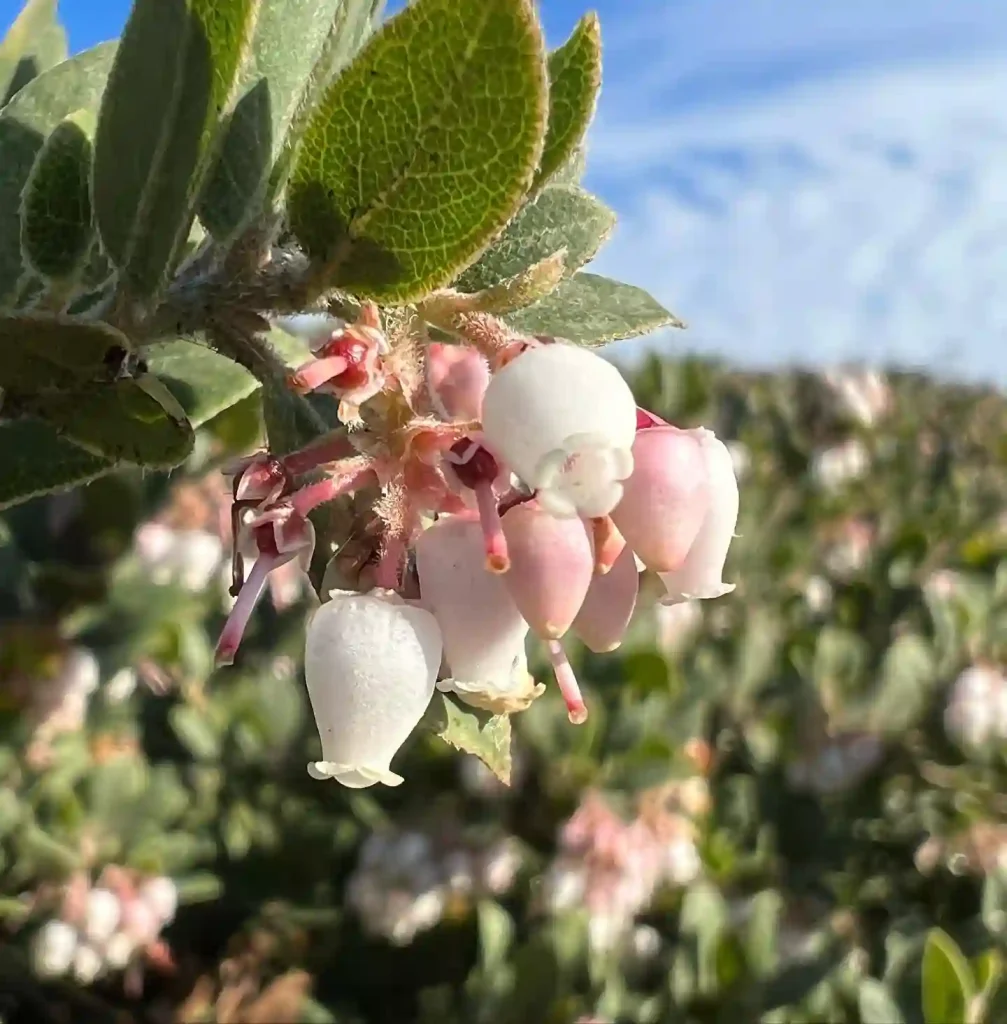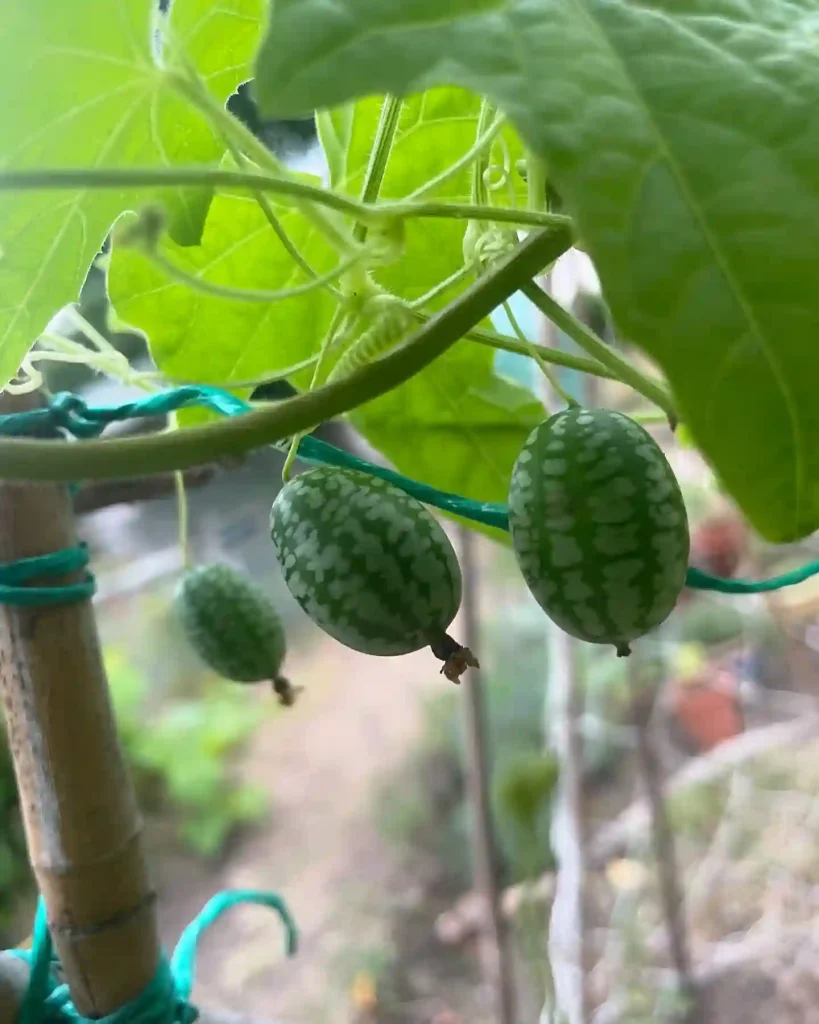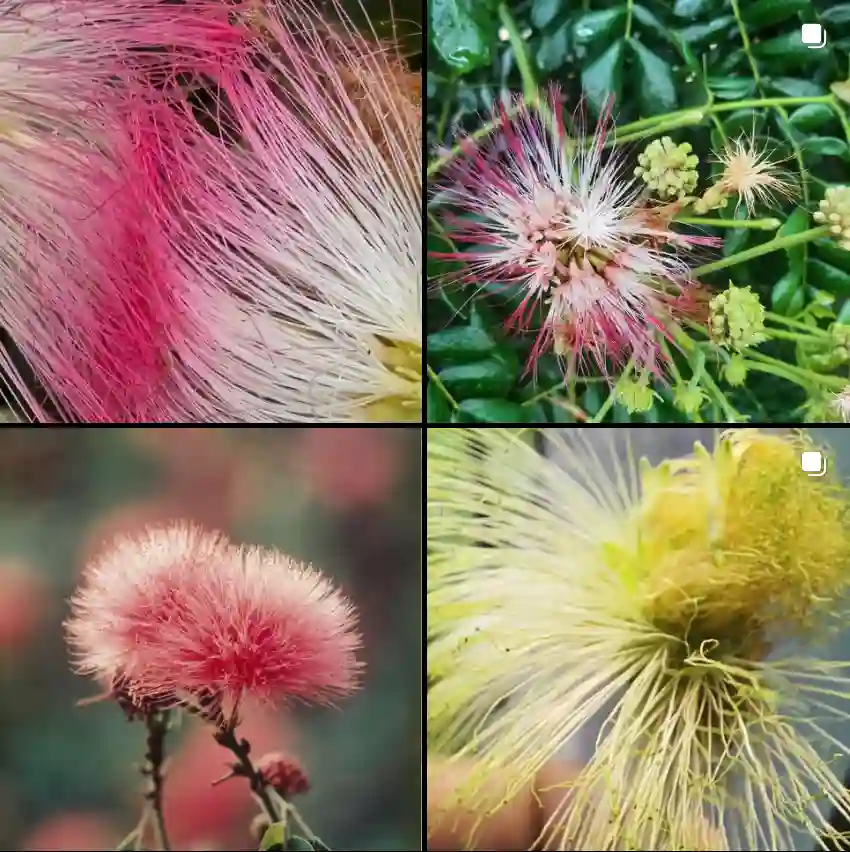Ficus Altissima vs Audrey
I once compared my Ficus Altissima with my Ficus Benghalensis Audrey and found the Altissima’s vibrant leaves made my living room feel more alive, though Audrey’s elegance had its own charm.
Ficus Altissima vs Ficus Elastica. Is Ficus Altissima a rubber tree?
When I placed my Ficus Altissima next to my Ficus Elastica, I noticed the Altissima’s variegated leaves brought a pop of color that the Elastica’s solid green couldn’t quite match.
880 Species in Genus Ficus
How to care for Ficus altissima?
Caring for Ficus altissima involves providing the right environment and consistent maintenance:
- Light: Place it in bright, indirect light. It can tolerate some direct sunlight but avoid prolonged exposure to harsh midday sun, which can scorch the leaves.
- Watering: Water when the top 1-2 inches of soil are dry. Ensure good drainage to prevent root rot, and never let the plant sit in water.
- Humidity: Ficus altissima prefers moderate to high humidity. You can mist the leaves occasionally or use a humidifier to maintain humidity levels.
- Soil: Use well-draining, rich potting soil. A mix designed for indoor plants with added perlite or sand for drainage works well.
- Temperature: Keep it in a warm environment, ideally between 65°F to 75°F (18°C to 24°C). Protect it from drafts and sudden temperature changes.
- Fertilizing: Feed monthly during the growing season (spring and summer) with a balanced, water-soluble fertilizer. Reduce feeding in fall and winter.
How to propagate Ficus altissima?
Ficus altissima can be propagated through stem cuttings:
- Select a Cutting: Choose a healthy stem with at least one or two leaves. Cut a 4-6 inch section just below a node using sterilized scissors or a knife.
- Prepare the Cutting: Remove the lower leaves, leaving one or two at the top.
- Rooting Hormone: Dip the cut end in rooting hormone to encourage root development.
- Planting: Place the cutting in a pot filled with a mix of perlite and potting soil. Ensure the soil is moist but not waterlogged.
- Environment: Cover the pot with a plastic bag or place it in a propagator to maintain humidity. Place in indirect light.
- Watering: Keep the soil consistently moist until roots develop, which typically takes a few weeks.
Is Ficus altissima toxic to cats?
Yes, Ficus altissima is toxic to cats. The plant contains compounds that can cause gastrointestinal distress, including vomiting and diarrhea, if ingested by cats. It’s best to keep the plant out of reach of pets.
How to prune Ficus altissima?
Pruning Ficus altissima helps maintain its shape and encourages healthy growth:
- Timing: Prune in the spring or early summer during the active growing season.
- Tools: Use clean, sharp pruning shears to make clean cuts.
- Cutting: Remove any dead, damaged, or diseased branches first. Then, trim back overgrown branches to maintain the desired shape. Make cuts just above a leaf node or branch junction.
- Shaping: If you want to control the height, cut the main stem just above a node where you want new growth to emerge.
- Care Post-Pruning: Water the plant after pruning and keep it in its usual care routine to help it recover.
How often to water Ficus altissima?
Water Ficus altissima when the top 1-2 inches of soil are dry. Generally, this means watering once a week, but it can vary based on environmental conditions like temperature and humidity. Always check the soil moisture before watering.
Is Ficus altissima toxic to dogs?
Yes, Ficus altissima is toxic to dogs. Ingesting parts of the plant can cause gastrointestinal issues such as vomiting and diarrhea in dogs. Keep the plant out of reach of pets to avoid any potential problems.
If i die, water my plants!



